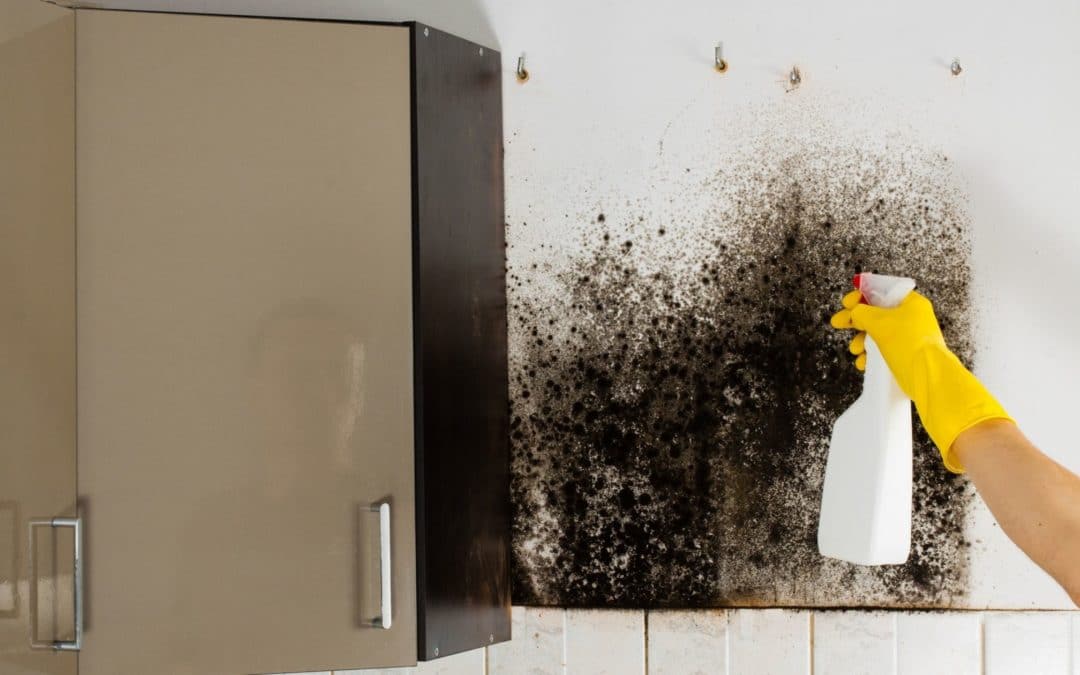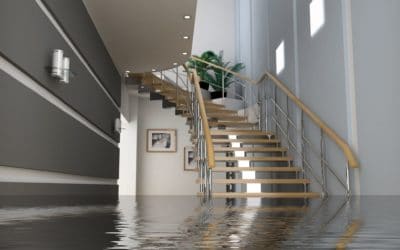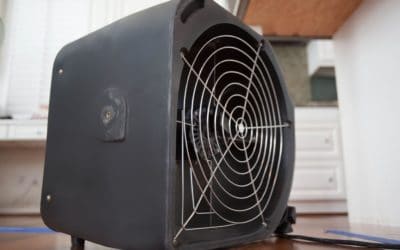Is Mold Creeping Into Your Home? Try These 5 Mold Mitigation Tips!
If you live in Brevard County or Melbourne, FL, you’re a little too familiar with mold. The hot, humid weather is ideal for this troubling intruder which starts to grow in as little as 24 hours after the onset of excess moisture. After that, it continues to expand, slowly making its way across your walls, floors, and furniture until it’s taken over your entire home–if it’s left untreated.
But get this: mold colonies are pretty easy to prevent if you know what you’re doing, and with these 5 mold mitigation tips, you’ll wipe out the frightening fungus before it has the chance to spread. Your local Brevard County mitigation experts use a range of advanced techniques to spot and stop the growth of mold, but in the event of a small outbreak, we offer up these proven DIY tips for Florida residents to try first.
What Causes Mold in Brevard County, FL?
When they have mold issues in their home, Brevard County and Melbourne, FL residents can usually see and smell it. The fungus has a distinct musty odor and needs moisture to grow. You’ll likely see mold growth in your basement, damp crawl spaces, or shower, but you can also find it around dripping air conditioning systems.
Mold spores are common in Florida homes, multiplying in the form of spores that float through the air. When they find the right spot (and they usually do), they’ll set up camp and begin to multiply. Fungus need food, moisture, and an undisturbed area to grow. They’ll eat wood, dust, or pretty much any other organic material they can get their little “hands” on. But even if fungus has food and a safe space, if it doesn’t have moisture, it can’t multiply, which is why eliminating moisture is necessary for mold mitigation.
Unfortunately for Brevard County residents, the area’s naturally high indoor humidity levels contain enough moisture for fungus to flourish. In addition to this humidity, moisture can come from the following sources:
- Improper ventilation of bathroom and kitchen moisture
- Water leaks
- Hang-drying wet laundry
- Over-watering house plants
- Spills in the kitchen
- Flooding from your sink, toilet, or bathtub
- Condensation (cold air, hot surface or vice versa)
- Sprinklers hitting your outside walls
- Wet hair or sweat on bedding or furniture
It can seem daunting to stay on top of all of the aforementioned causes of moisture in the home, but the more you know and the more conscious you become, the easier it is to do. Already have signs of mold in your home? See Brevard County experts’ 5 top mold mitigation tips to tackle it yourself or contact your local mitigation specialist.
5 Mold Mitigation Tips | Brevard County, FL
Indoor mold growth is most likely to pop up around areas of your home with excess moisture. This could include under your sink, in the bathroom, or around your air conditioners. You can try these tips on any area you see fit, but just remember that some are better suited to hard surfaces rather than soft, and that you should always approach the cleaning process of DIY mold mitigation carefully.
Fungus can cause health issues such as allergic reactions in healthy people and even breathing difficulties in mold-allergic people, so it’s definitely something you’ll want to be properly prepared for. Always wear the appropriate PPE equipment such as gloves, a face mask, and protective clothing to prevent the effects of mold exposure. If the thought of tackling fungus on your own becomes overwhelming at any point, contact your Brevard County, FL mold mitigation specialist for help. If you’re ready to take on the intruder, these 5 tips are recommended by your local mold remediation professionals.
1. Use soap and water to clean the affected areas
If you notice black spots on a hard surface in your home, you can use household cleansers, a mixture of soap and water, or a bleach solution to effectively remove it. If you go the bleach route, mix up to 1 cup of laundry bleach with 1 gallon of water. Never mix bleach with ammonia or other cleaning products as it will create a toxic gas.
When using bleach, you should also be sure your windows are open for improved indoor air quality while cleaning and wear protective clothing, boots, goggles, and gloves. Once you have your solution, use a soft cleaning brush or rag to prevent damage. If your surface is porous (ie. ceiling tiles), replacing it may be best.
2. Throw away porous materials such as moldy ceiling tiles or carpet
Completely removing black spots from porous materials can be difficult, so if you see it on your carpet or ceiling tiles, it may be best to throw them away instead. While throwing away mold-infested materials may seem severe, not doing so means the fungus will likely come back and spread.
3. Never paint or caulk over moldy surfaces
Painting over visible mold growth doesn’t prevent it from growing. It’s a rather persistent fungus and simply covering it won’t wipe it out. Plus, your paint will probably peel. If you need to paint and you have black spots on your walls, properly remove them before you begin.
4. Clean bathrooms with mold-killing products
The bathroom is one of the most common places for a black mold problem to show up. Use mold cleaner or antimicrobial treatments to spray down your shower, bathroom tiles, counters, and shower curtain. Because it’s nearly impossible to stay on top of drying bathroom moisture (not to mention tedious!), this will prevent black spots from growing around the moisture source even though it is present.
5. Clean up after mold removal
Now that you’re finished with your DIY mold mitigation, you don’t have to worry about it, right? Not quite. To avoid cross – contamination, you’ll need to wash your clothing right away in a separate laundry load. Be sure to use hot water instead of cold or warm, along with detergent to get rid of microscopic spores. Any rags that were used to remove the fungus should be thrown away in the garbage and discarded in the trash receptacle immediately to prevent your exposure.
Whatever kind of mold damage you’re dealing with needs removal–no questions asked. If under 10 feet of your home is affected, these tips can help you remove the fungus. Remember that along with proper remediation comes a preventative plan of action as well. To prevent mold, be sure to dry all areas of your home that are exposed to moisture and keep all rooms of your home under 50% humidity always.
Don’t Want To Mess With Mold Mitigation On Your Own? Your Melbourne and Brevard County, FL Pros Can Help!
Here’s the thing about mold. You may think it’s gone, but without the right tools, you can’t really be sure. While it will certainly do your home good to put these mold mitigation tips into practice, the experts at Affordable Water and Mold Removal use specialized tools such as air scrubbers in the mold remediation process to detect and treat the fungus in your home. We also know where to look because, most likely if toxic mold is in one area of your home, it’s in another.
Our mold professionals will perform a mold inspection of the areas that most frequently experience it, along with any others you suspect have been exposed to moisture. Brevard County and Melbourne, FL locals can count on our professional mold mitigation service to effectively remove the fungus from your home.
Call us at (321) 890-2512 to speak with a customer service agent or book an appointment. Our remediation services expand from mold mitigation to water damage restoration and beyond that ensure your home and family stay safe.




